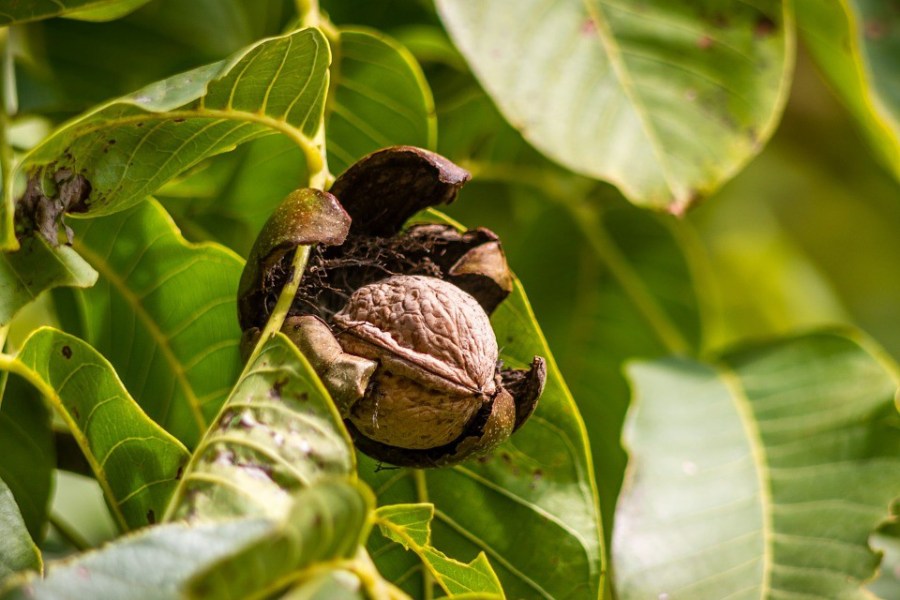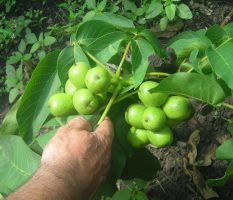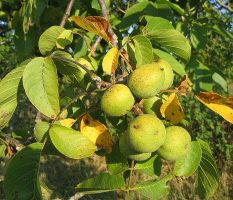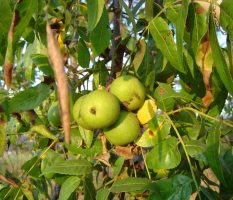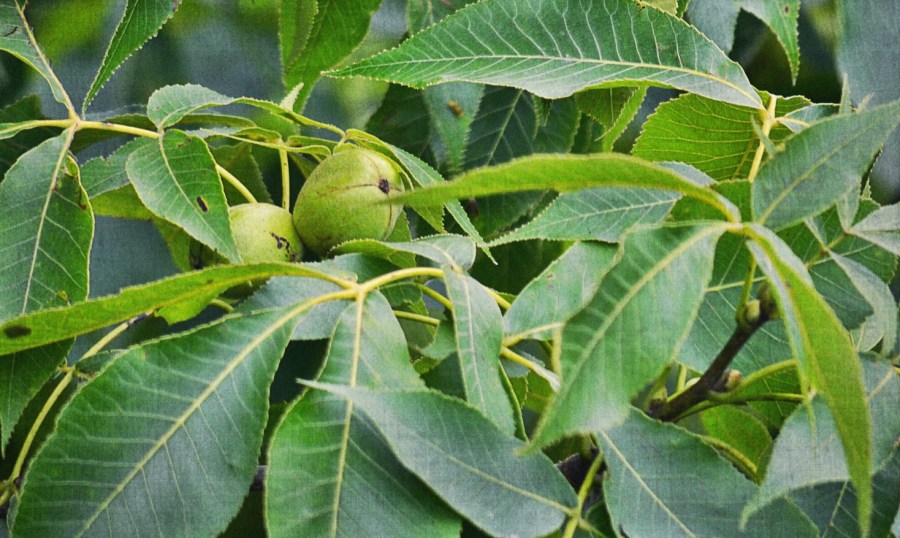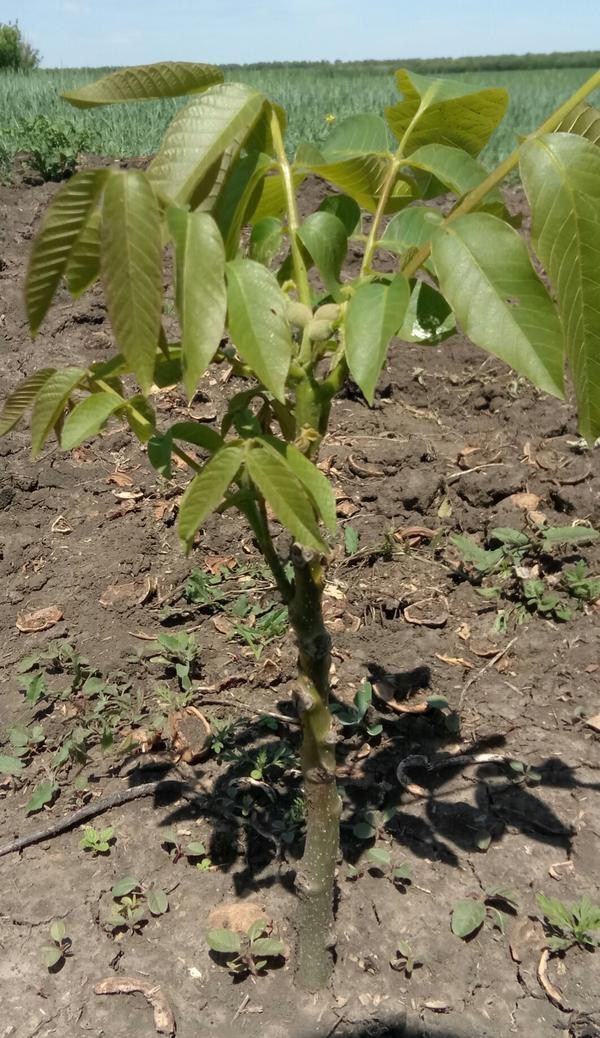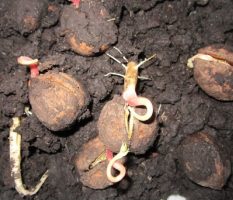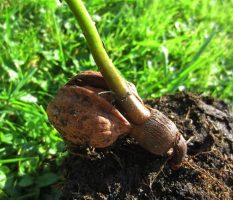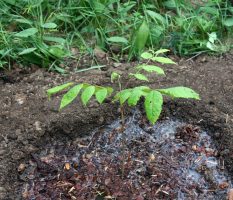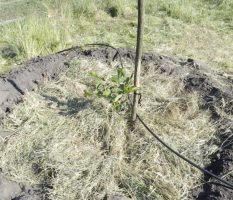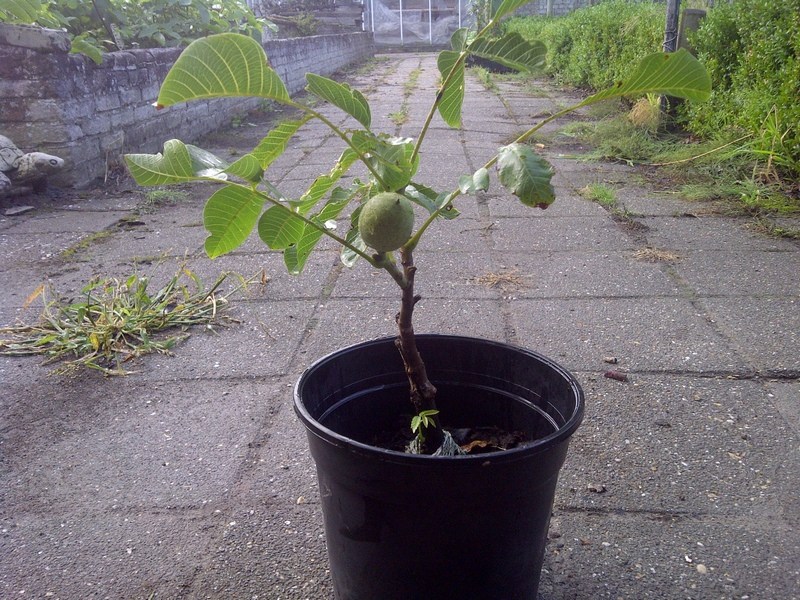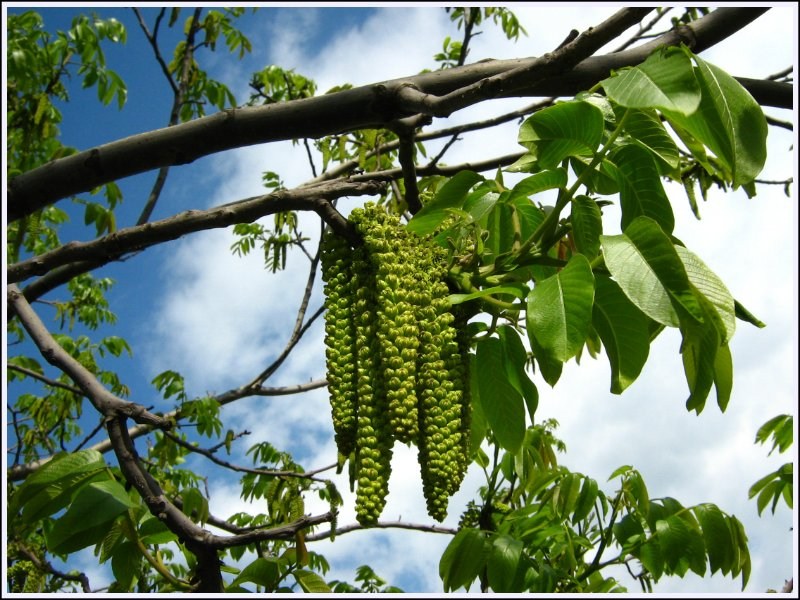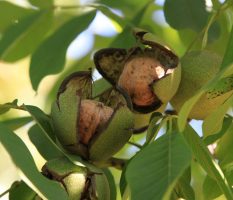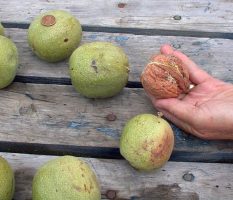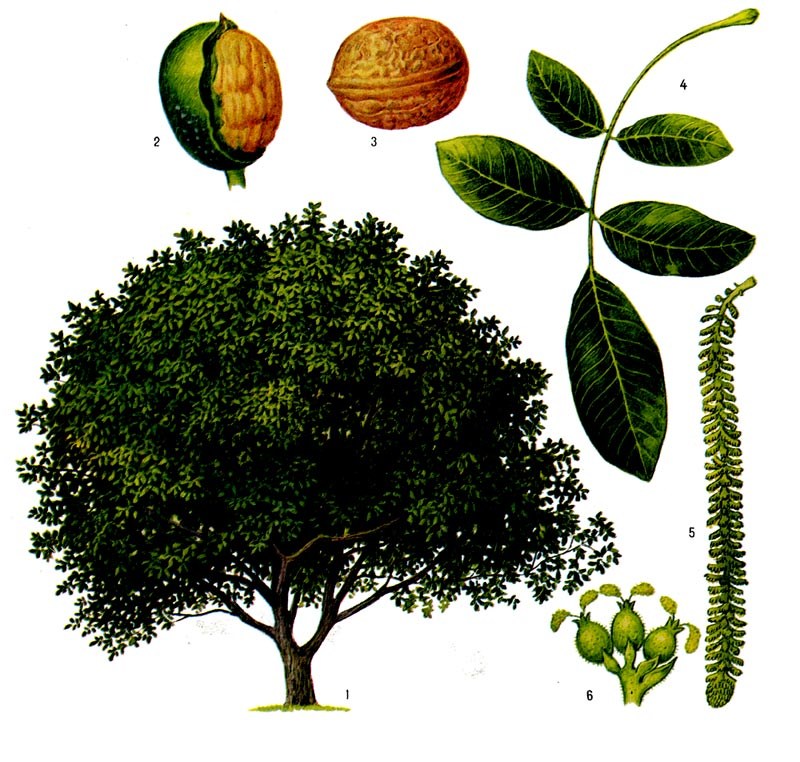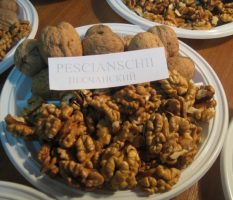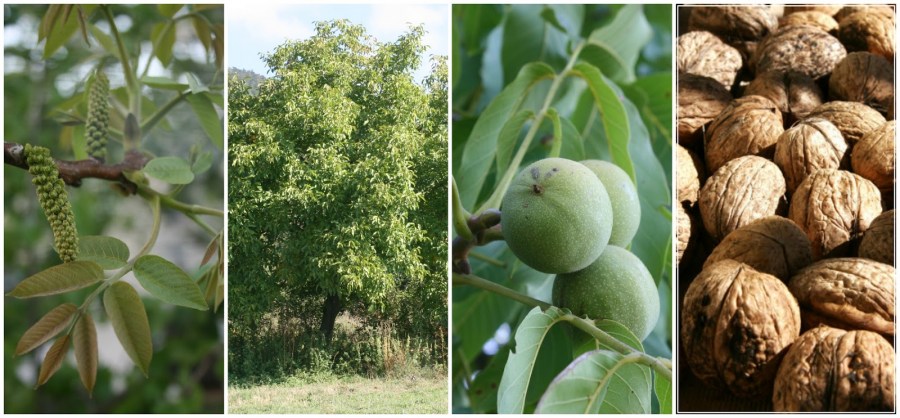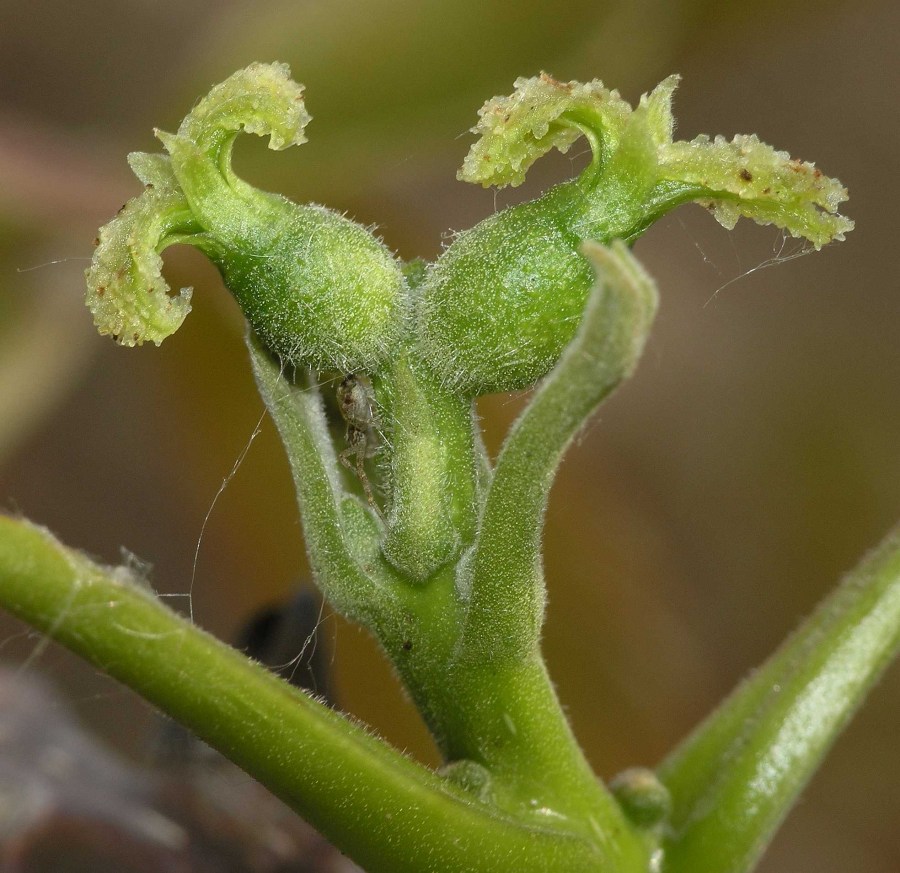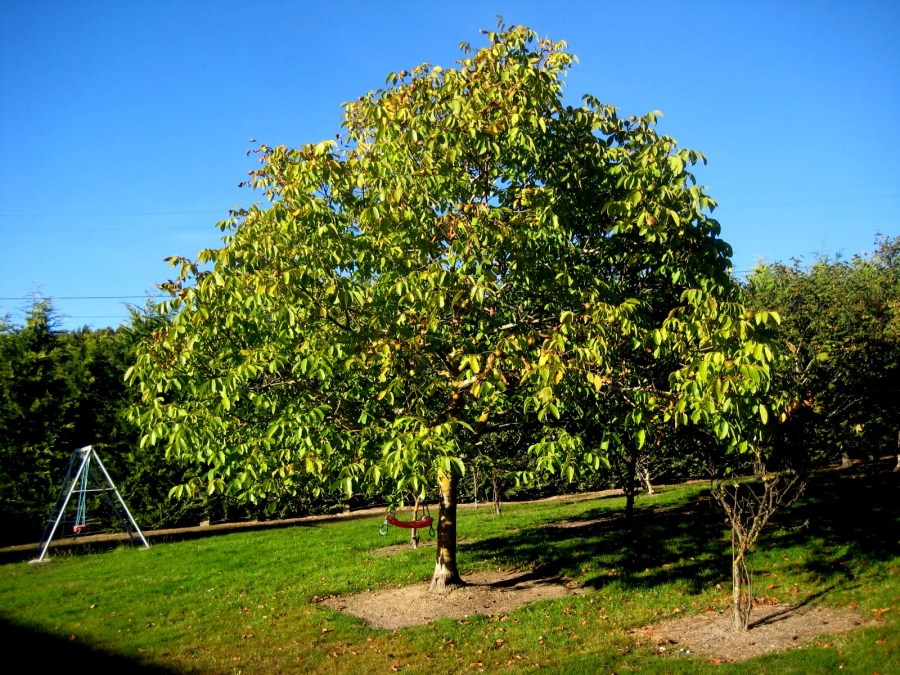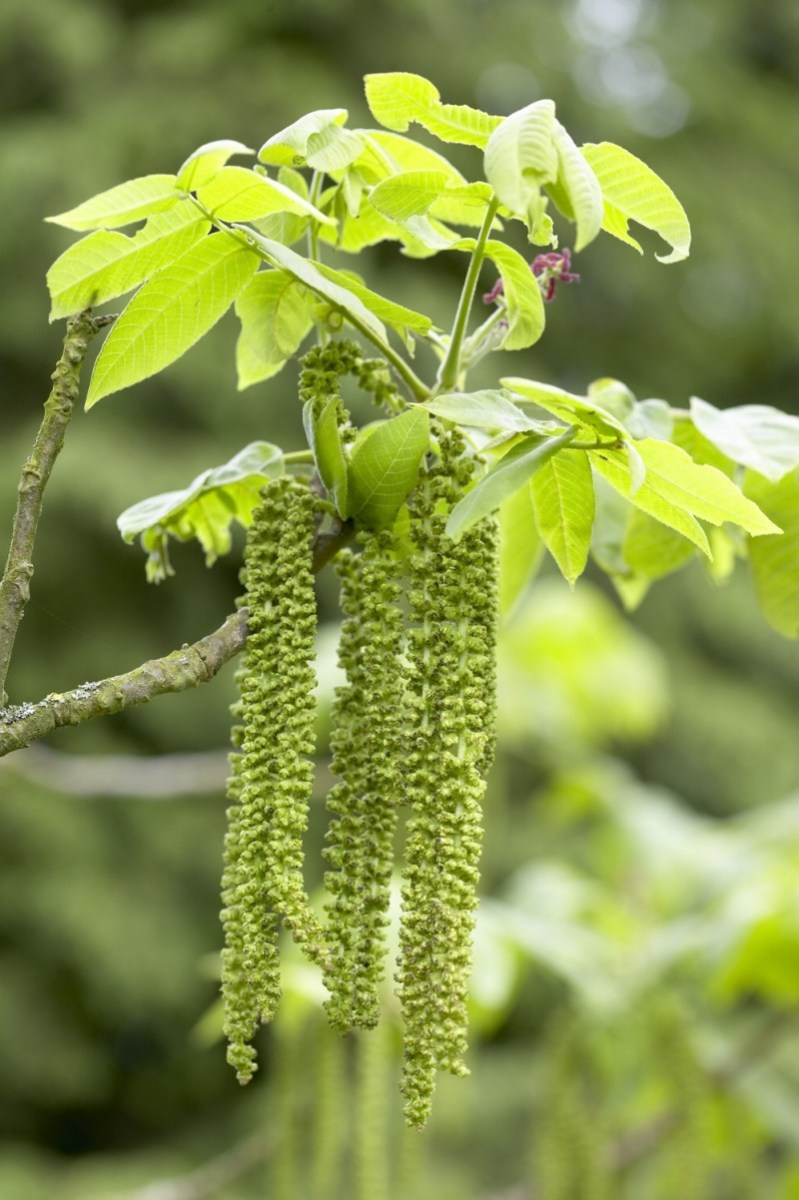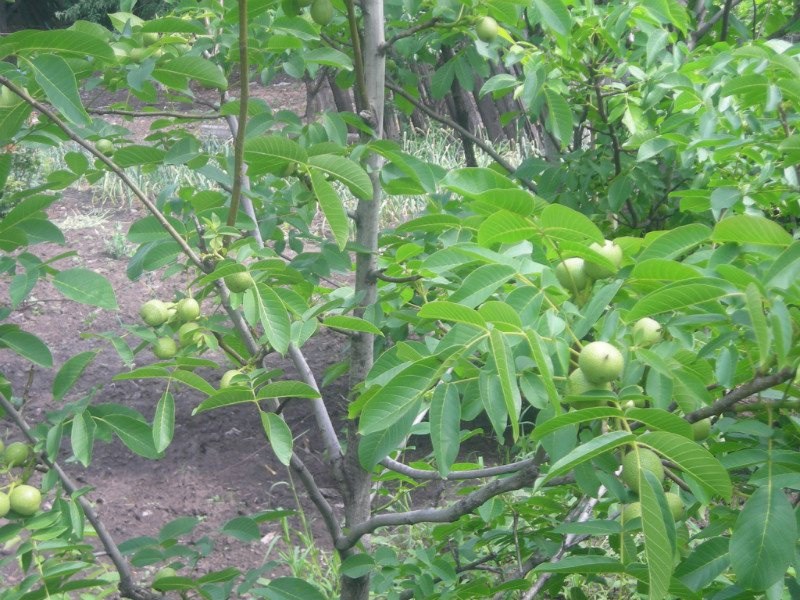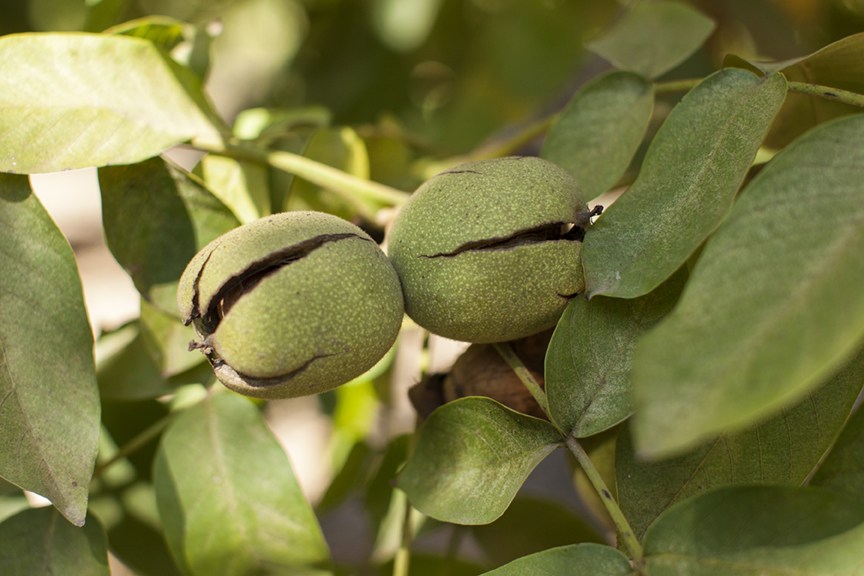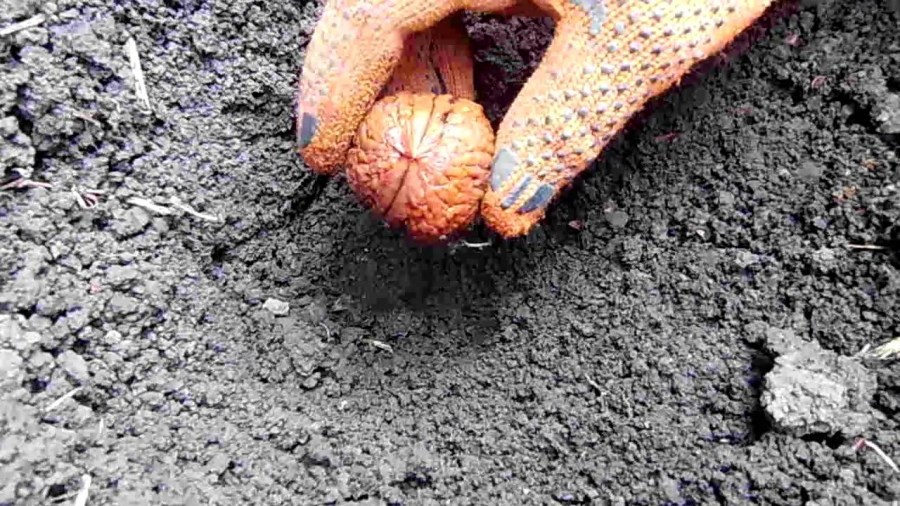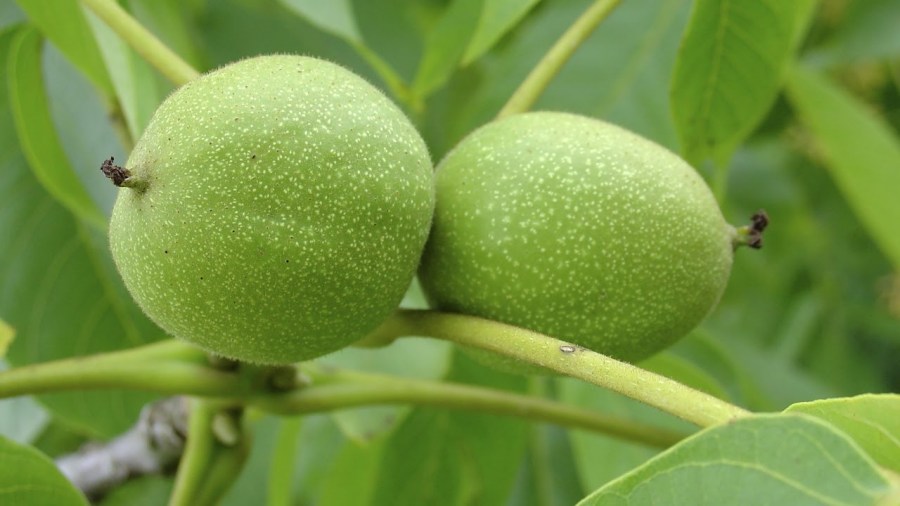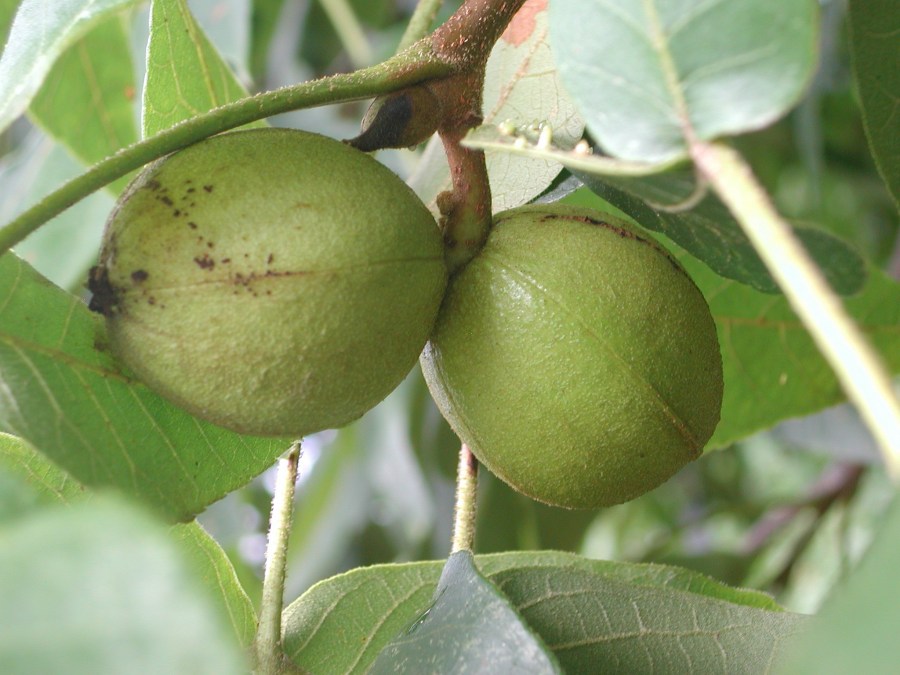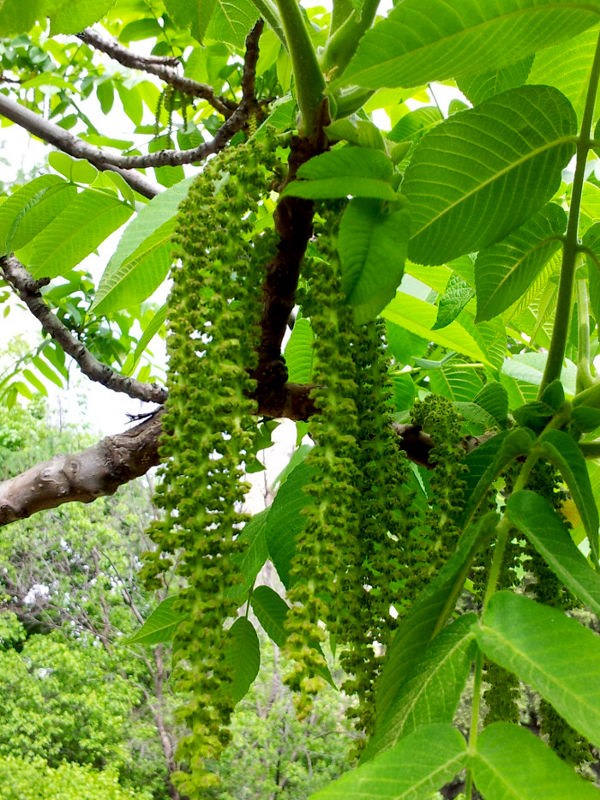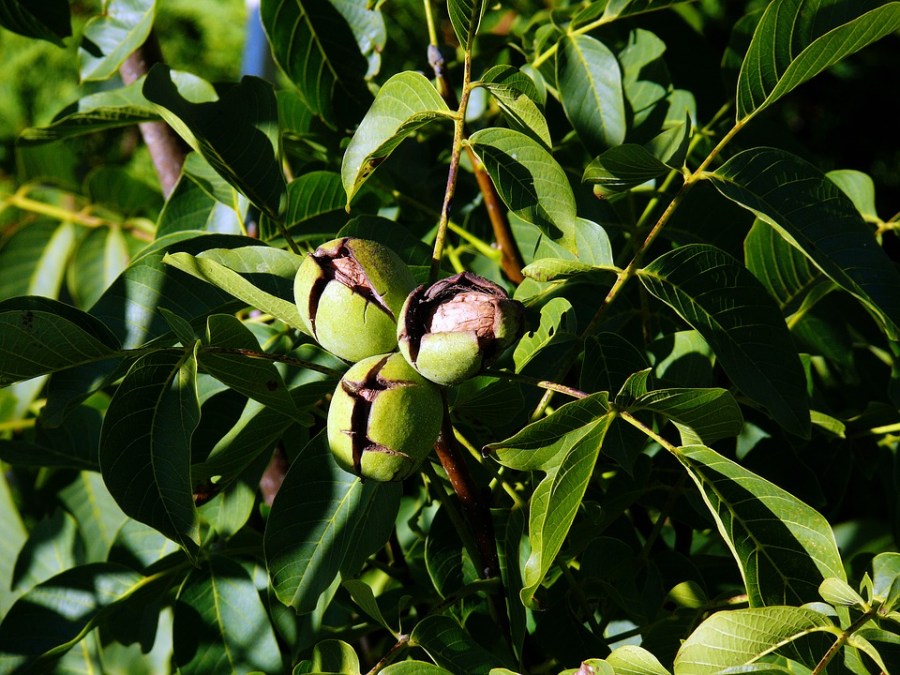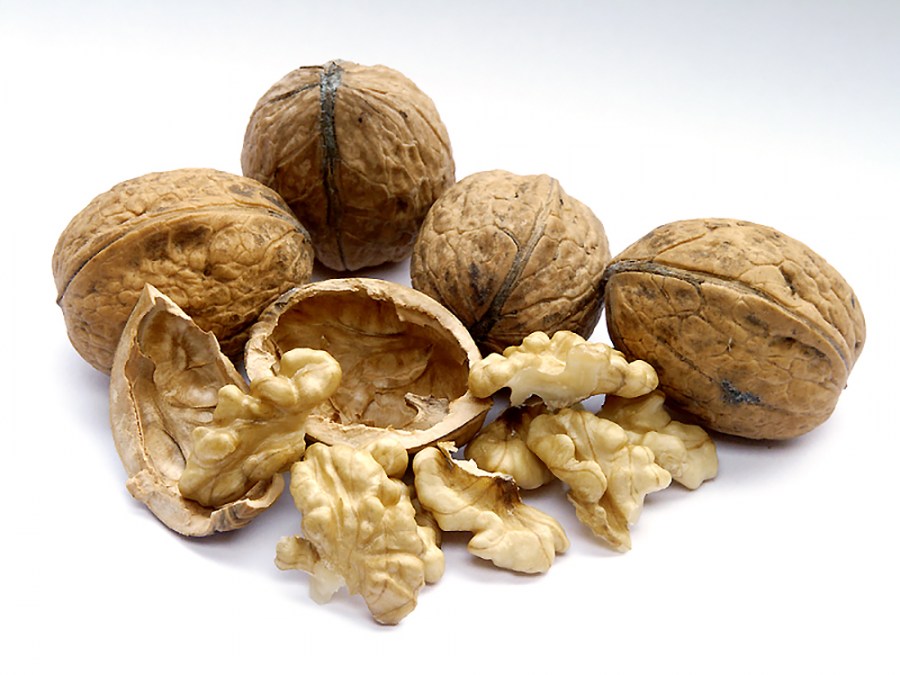Tree nut (walnut) - useful properties. How to plant and care for a tree (110 photos)
If there is still no walnut tree on your garden plot, you should definitely consider planting it. In the summer heat, he will give you a gracious shadow, and in the winter cold you can enjoy its nutritious and tasty fruits. Low-maintenance and strong walnut will become a landmark tree for more than one generation of your family.
General characteristics of the tree
Walnut is mainly found in most of the European territory of Russia, in the southern, central and eastern regions of Ukraine, in southern Kyrgyzstan. The birthplace of the tree is Iran, but many believe that it comes from China, Japan or India.
Walnut is a large tree, reaching a height of up to 20 meters. The diameter of the trunk of large varietal trees is more than 6 m.
Walnut branches with large elongated leaves form a dense large crown under which sunlight practically does not penetrate. The size and shape of the fruit depends on the variety and growing conditions (in the photo of the nut in our gallery it is visible), the weight of nuts is from 5 to 20 g
Walnuts are well-known long-livers. They can live peacefully until 4 centuries, and age practically does not affect their productivity.
In order for the plant's yield to be stably high, certain rules for caring for the tree should be observed, knowing how to protect the nut from potential pests. You should also familiarize yourself with what types of trees are best grown in garden plots, whether it is necessary to prune a tree, how to collect and store collected nuts.
How to plant a walnut
In most cases, the best time to plant a tree is spring. But in the southern regions with slight frosts and mild winters, autumn planting is also possible.
The selected area should be quite sunny, otherwise the seedling will begin to hurt and may die. It should be borne in mind that no other trees, bushes or flowers should be planted near the planting site.
Growing, the crown of the nut completely obscures the ground underneath, so all green spaces without sunlight will simply perish over time. For example, the crown diameter of an adult 30-year-old tree is about 12 meters, which continues to increase with the age of the tree.
It is also worth considering the possibility of planting on your site another 1 or 2 walnut trees of another variety. Such a neighborhood will contribute to better pollination of trees.
If planting is planned in the spring, then the planting pit for the seedling should be prepared six months earlier, approximately in October. The diameter and depth of the pit depends on the size of the root system, so in the fall it is necessary to do it with a small margin, and in the spring during planting, the dimensions of the recess can be adjusted.
Typically, the pit should be at least a meter wide and deep. At the bottom of the recess, it is recommended to put a thin layer of soil mixed with humus and complex fertilizers. Also in the pit you can put wood ash and cover everything with leaves. By spring, the recess will be the perfect nutrient mixture for the root system of a young nut.
In the spring, before planting, the seedling must be inspected, removed damaged, rotted or dry roots. Immediately before planting a seedling in the ground, it must be lowered for 15-20 minutes in a special "talker". It is not difficult to prepare it: you need to take a little water, 1 part of manure and 3 parts of clay.Mix everything, the consistency of "talker" should be like that of liquid sour cream.
In addition, a little growth stimulator should be added to the solution. Such a mixture will help protect the roots during planting, the tree will take root much faster and will grow.
It is very important to create optimal nutritional conditions for the young seedling - at first, while the tree is only rooting and taking root, soil 1 meter in diameter around the root will be the main source of nutrition.
After planting, it is recommended to compact the soil well and pour it with water, at least 2 buckets. After the water is completely absorbed into the ground, shredded dry or fresh grass, an additional layer of humus or peat should be placed around the trunk. Mulching is necessary to retain moisture in the ground.
During the autumn planting of seedlings in the warm regions of our country, the rules for planting in open ground differ little from the rules for spring planting. It is not necessary to prepare an autumn landing pit six months before, but only 2-3 weeks before transplanting.
Feeding young plants
Unlike many other garden trees, the walnut root system does not like loosening. For this reason, it is recommended to introduce all the complexes for feeding the tree very carefully.
The plant prefers fertilizer with siderates (lupine, peas, oats). Some nitrogen fertilizers must be applied in the spring or early summer, in the fall phosphates and potash fertilizers can be added to the soil around the trunk.
What care does a tree require?
In spring, an adult walnut tree needs to be cleaned of non-living bark, it is recommended to wash the trunk with 3% copper sulphate and refresh it with a whitewash of lime. Walnut whitening is needed to protect against potential garden pests.
All walnuts need sanitary pruning, the forming pruning is not required for the walnut tree - the nut copes with this task on its own. Sanitary pruning is best done in the summer.
It should be remembered that this culture has a good ability to recover, so do not be afraid that the tree will hurt after pruning. It is recommended to cover all sections with garden var.
Regular watering is required only for young walnut trees during the heat in summer. For every young nut you need at least 3 buckets of water. If the plant has already reached 4 m in height and from time to time the earth is moistened naturally - with the help of rains - the plant can specially not be watered.
Harvesting
The time of harvesting the fruit of a tree is determined by its variety and weather conditions of the locality. A nut is considered ripened when the green pericarp of the nuts begins to crack, and the fruit in a brown hard peel freely falls to the ground.
After collecting the nuts, it is recommended to dry in a warm place. For drying, they must be spread out in a thin layer and periodically mixed. After 1-2 weeks of drying, it is advisable to fold all the fruits into linen bags for wintering.
Varieties of walnut
Modern breeders have bred many varieties of walnuts, characterized by good productivity, as well as resistance to cold, disease and pests. There are trees with early, mid-ripening and late fruits. For more northern regions, it is recommended to plant early nuts, which ripen in early September.
- Variety "Skinino" - walnut tree with early ripening.Fruits are ovoid, large with a thin shell.
- Variety "Breeder" - a productive grade of a nut tree steady against cold. Regular stable fruiting.
- Variety "Carpathian" - loves sunlight and moisture. The tree gives a good harvest already in 5-6 years.
- Variety "Ideal" - large oily fruits that can be harvested in October. It has thin internal partitions that do not interfere with cleaning the nut easily.
In addition to all of the above, it should be noted that not only its fruits are valuable in a tree.
Walnut wood is one of the most expensive types. It has a noble dark shade and is often used for the production of expensive furniture.
Natural dye for fabrics is made from succulent leaves of a tree. Also, beauties often use leaves to prepare a useful decoction for rinsing hair.
Walnut has long ceased to be exotic in the gardens of our regions. In general, growing and caring for a nut is simple and does not take much time and effort. In gratitude for the care and attention, the tree will generously sprinkle the earth with its fruits every fall.
Photo of a tree nut
Low-growing flowers: 75 photos of beautiful design ideas and planting material
Do-it-yourself chicken coop: 95 photos of construction and insulation options
Planter for the garden: 70 photos of original ideas using different materials
Join the discussion:
